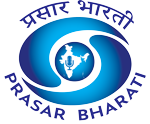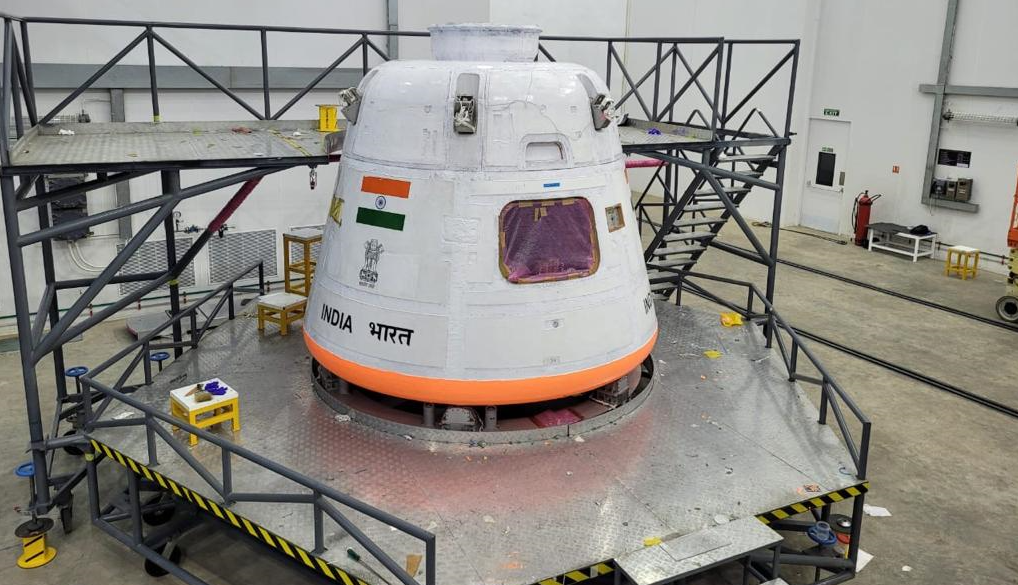India’s flagship human spaceflight programme, Gaganyaan, has achieved several key technological milestones, with the first uncrewed mission (G1) making significant progress, the government informed Parliament on Wednesday.
In a written reply to the Lok Sabha, Union Minister of State for Science & Technology Dr. Jitendra Singh said that critical components such as the human rated launch vehicle (HLVM3), crew escape system (CES), and propulsion systems for both the crew and service modules have been successfully developed and tested.
Infrastructure necessary for the mission—including crew training facilities, the Gaganyaan Control Centre, and launch pad modifications—has been completed. A test vehicle (TV-D1) has already been flight-tested to validate the crew escape system, with further tests (TV-D2 and IADT-01) underway.
The first uncrewed mission, a major precursor to India’s first human spaceflight, has advanced to key assembly and testing stages, including stacking of motors and completion of phase-1 checks of the Crew Module.
Looking beyond Gaganyaan, Jitendra Singh revealed India’s ambitious long-term space vision: the establishment of the Bharatiya Antariksha Station (BAS) by 2035 and an Indian Moon landing by 2040. Approval has already been granted for the development of the first module of BAS.
The minister emphasized that these milestones not only signify technological advancement but also align with the vision of ‘Viksit Bharat’ by strengthening India’s research, development, and manufacturing capabilities in the space sector.














